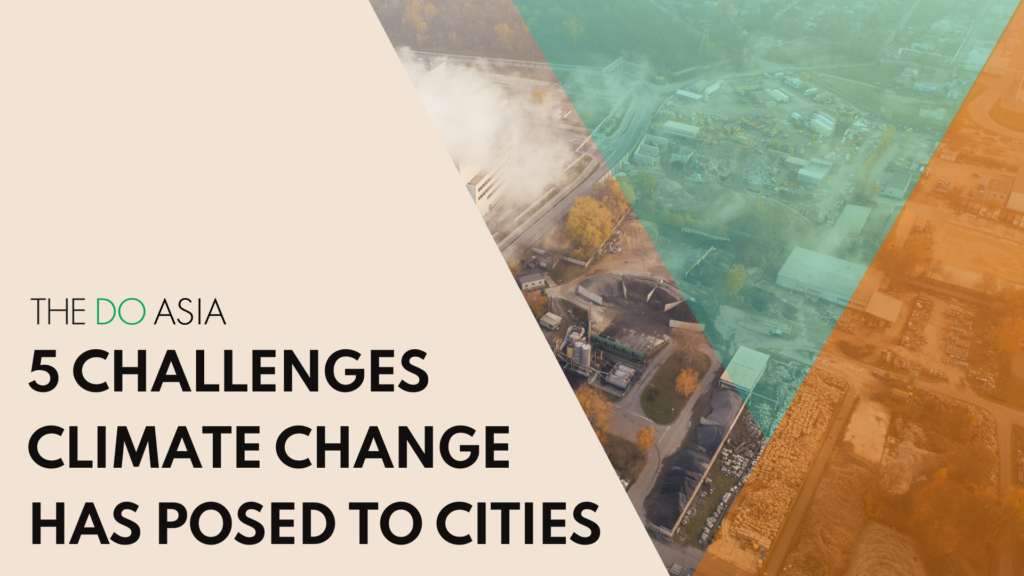The world is now experiencing symptoms of climate change. Climate change affects every facet of our lives, and properties are no exception. The following are 5 challenges climate change has posed to properties.
1. Energy efficiency
Buildings account for a whopping 90% of electricity usage in Hong Kong. Now, electricity generation in Hong Kong still requires burning coal, releasing harmful pollutants like PM2.5 and emissions like carbon dioxide, endangering our health and the environment.
How might we increase the energy efficiency of the property sector?
2. Emissions reduction
Buildings produce over 60% of Hong Kong’s carbon emissions. Among all buildings, commercial buildings contribute to more than 75% of emissions. Emissions directly cause climate change. The 2022 IPCC report already warned us that countries are not on track in delivering their climate pledges. We were also told that global emissions of the past decade were the highest in human history. The time to reduce emissions is yesterday.
How might we reduce emissions for the property sector?
3. Natural disaster proofing
With climate change comes more severe and frequent natural disasters, like floods and typhoons. In Hong Kong, we were just hit by the super typhoon Manghut in 2018. These natural disasters are not only disruptive but can also cause casualties and even diseases.
How might we make property resilient to various natural disasters?
4. Temperature regulation
Cooling: We have all heard of the rampant heatwaves ravaging all around the world. Not everyone can afford the hefty electric bills of air-conditioning. Some places do not even have air-conditioning in buildings. Plus, blasting the air-con also creates a ton of emissions.
Heating: Similarly, on colder days, turning on the heat also requires intense energy generation.
How might we make temperature regulation in property smarter and more efficient?
5. Sustainable materials
Construction often requires energy-intensive and polluting materials. For example, concrete is a common material in bridges, roads, and buildings. But concrete has an enormous carbon footprint. At least 8% of human-caused global emissions come from the cement industry alone. Recently, more sustainable materials like bamboo and upcycled cotton are burgeoning.
How might we popularise the use of sustainable materials in construction?
Conclusion
All these 5 challenges boil down to a simple question: how might we leverage the property sector for climate mitigation and adaptation? Join The DO Property Innovation Challenge to crack these challenges.
Read Part II here.


